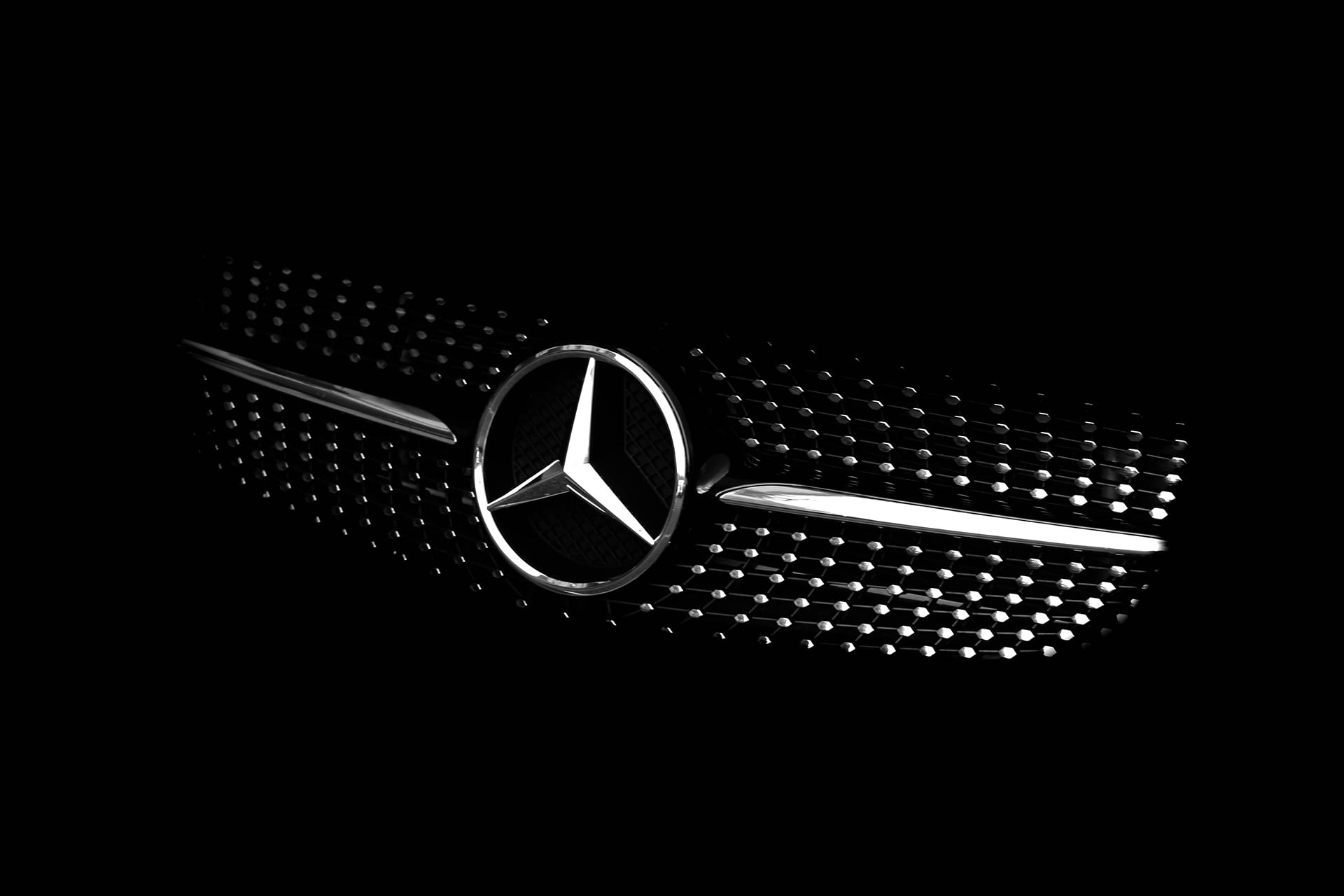Mercedes-Benz is stepping up its cost and efficiency measures as it faces mounting performance pressures. Sources have informed 36Kr that the company has made multiple adjustments to its China operations in response.
One major shift is in R&D, where the company is rolling out a new performance evaluation system modeled after objectives and key results (OKRs). This move aims to introduce clearer work assessment criteria for employees. Meanwhile, in production, efforts are underway to optimize assembly lines, including potential consolidation of less efficient production lines.
When 36Kr reached out for comment, Mercedes-Benz China stated that its performance evaluation system remains unchanged. However, the company acknowledged that “necessary adjustments are being made within the Mercedes-Benz China R&D division and Beijing Benz to prepare for a series of new products set to be manufactured at Beijing Benz.”
Mercedes-Benz China has long used a performance evaluation system, with year-end bonuses tied to employee performance. However, an insider noted that the previous system was egalitarian, with minimal bonus differentials—often just a few hundred RMB—and no rigid, quantifiable targets such as quarterly benchmarks. Few employees ever received the lowest performance ratings.
The new evaluation system will first be implemented at Mercedes-Benz’s Shanghai R&D center, which specializes in smart technology, followed by its Beijing R&D center. A source told 36Kr that while the reform aims to enhance efficiency, it may also introduce bottom elimination policies.
On the production side, cost-cutting efforts focus primarily on optimizing the utilization of production lines.
Mercedes-Benz currently operates two factories in Beijing. One of them is the Yizhuang factory which handles long-wheelbase versions of the C-class and E-class sedans, along with the GLC SUV. The plant produced over 400,000 vehicles in 2024. Mercedes-Benz’s upcoming long-wheelbase all-electric CLA will also be manufactured here.
The other is the Shunyi factory, which is responsible for the all-electric EQA, EQB, EQC, and EQE models. The company has also announced plans to manufacture the domestically produced GLE at this facility. However, 2024 production at this plant fell below 100,000 units, and with the high price of the new GLE, volume growth could be a challenge.
As efficiency becomes paramount in the automotive industry, Mercedes-Benz’s extensive product lineup has added cost pressures to its manufacturing strategy. As a result, the company will focus production on high-demand models while consolidating less efficient assembly lines.
Beyond R&D and production, Mercedes-Benz’s sales division has also announced restructuring plans. At an internal meeting in January, the company revealed that it will optimize its dealership network, streamline its retail footprint, and rationalize its product lineup.
Meanwhile, German media reports indicate that Mercedes-Benz is planning up to 20,000 job cuts worldwide.
From its German headquarters to its China operations, across R&D, production, and sales, the automaker has clearly embarked on a comprehensive cost-cutting initiative.
Despite maintaining strong sales figures in 2024, Mercedes-Benz saw a decline compared to the previous year.
In China, Mercedes-Benz sold 714,000 vehicles, including both passenger cars and light commercial vehicles. While this kept the brand among the top three luxury automakers, the figure marked a 6% year-on-year (YoY) decline from 765,000 units in 2023. This is the second consecutive year of declining sales in China.
Globally, Mercedes-Benz sold 1.98 million vehicles in 2024, a 3% YoY drop. While sales grew 9% in the US, they fell 7% in China and 3% in Europe.
Financially, Mercedes-Benz reported a net profit of EUR 7.8 billion (USD 8 billion) in the first three quarters of 2024, reflecting a sharp 31.4% YoY decline. China remains Mercedes-Benz’s largest single market, but declining sales have weighed on global performance and profitability.
Currently, the C-class, E-class, and GLC remain Mercedes-Benz’s bestselling models in China. The long-wheelbase E-class, priced at RMB 447,200 (USD 62,608), recorded 145,000 units sold in 2024.
Mercedes-Benz China’s key upcoming models for the next two years include the long-wheelbase all-electric CLA, slated for 2025, and the domestically produced GLE, set to launch in 2026.
The all-electric CLA will be the first model built on Mercedes-Benz’s MMA platform, designed to accommodate both combustion and electric powertrains. It will also feature at least Level 2 driver assistance and MB.OS, an upgraded operating system with an enhanced voice assistant.
However, compact coupe-style sedans are not a mainstream preference among Chinese consumers, which could pose challenges for market acceptance.
As for the GLE, its localized production will offer a pricing advantage. However, the current imported GLE is priced at RMB 699,800 (USD 97,972). By comparison, its rival—the BMW X5—became RMB 60,000 (USD 8,400) cheaper after domestic production. Even with a similar price cut, the GLE will likely remain a niche luxury SUV.
36Kr previously reported that Mercedes-Benz plans to introduce a next-generation all-electric platform targeting mid- to large-sized vehicles. However, given the company’s current R&D timeline, these models won’t hit the market for at least another three years.
For now, Mercedes-Benz’s core sales drivers in China remain the C-class, E-class, and GLC. However, Chinese automakers are increasingly challenging these bestselling models. To stay competitive, Mercedes-Benz must sustain sales and preserve its premium brand image while bridging the gap until new product launches.
The cost-cutting measures in China are the first step in preserving capital to fend off competition in the years ahead.
Globally, Mercedes-Benz aims to cut costs by EUR 5 billion (USD 5.4 billion) by 2027, with a target of EUR 2.5 billion (USD 2.7 billion) in savings by 2025.
This is no small feat. As Mercedes-Benz navigates this transformation, cost-cutting and efficiency optimization will define its next two years.
Restructuring a giant is never easy—but Mercedes-Benz seems committed to its new course of action.
KrASIA Connection features translated and adapted content that was originally published by 36Kr. This article was written by Xu Caiyu for 36Kr.

